A Complete Guide to Peaches!
Lynley Jones
Return to Mostly Plants homepage
A perfectly ripe peach is a gift from the gods of summer. But what if your peaches are not perfect? Here's how to tell if you’re getting a good peach, and what you can do if your peaches are less than perfect.
Perfect peaches
As I've written before in this series, a perfectly ripe piece of summer fruit is so miraculous, it's hard to justify doing anything too fancy to it. Even when I want to, if no one else eats it first I usually find myself standing over the sink, juice dripping down my arm, devouring that sweet summer goodness before I've even had a chance to formulate a cooking strategy.
Imperfect peaches
Unfortunately, not every peach that comes our way fits this picture of juicy awesomeness. Sometimes, nature hands you a bad peach. Like the produce guy in that Seinfeld episode says, a bad peach is an act of God. Stuff happens. Peaches gonna peach.
But you can learn the signs of peachy goodness and improve your odds of getting a good one. Here’s how:
Avoid the bad peach: How to shop for peaches
Peaches often are what they are because of weather and other factors that are outside of anyone’s control. However, there are actually several ways you can improve your odds of avoiding bad peaches:
Look for local peaches, in season
Like with most other fruit, local in-season fruit is generally going to taste better (and may be better for you). Fruit that’s grown remotely is harvested before it’s fully ripe so it can survive the long trip and get to you intact. But fruit that’s grown locally is harvested closest to peak ripeness. In the process of ripening, all those tasty sugars continue to develop and intensify, giving your peach the best chance at tastiness. Peach season is summer (the specific months vary by region), so if you’re buying a locally-grown peach at the height of summer, your chances are much better that it will be a good one.
Local Jersey peaches at the Montclair Farmers Market.
Buy peaches at farmers markets and farm stands
If you’re getting your peaches straight from the farmer who grew them, your odds of getting a good one are even better. By definition, they’re going to be local and in-season. Local farmers take pride in the produce they grow for their neighbors, and the peaches you’re buying are probably the same peaches the farmer’s family eats. They know their peaches. And they want to give you the very best.
Fuzzy peaches are fine
There was a time when I avoided fresh peaches, because I just didn’t want to deal with all of that fuzz. Different varieties of peaches have different amounts of fuzz, but sometimes lots of fuzz indicates the peach is still fresh off the tree. The more peaches are handled, misted, and bumped around in transit, the more of that fuzz tends to rub off. As a result, supermarket peaches tend to have less fuzz than farm stand peaches. So if you see peaches with thick, dense fuzz, it can be a really good sign! Before you eat them, you can get rid of most of the fuzz by using your thumbs to give them a good rubbing under cool water.
Buy peaches that are heavy for their size
As you hold the fruit in your hand it should feel heavy for its size. This is a sign there is lots of juiciness inside (because liquid is heavy).
Look for stems - maybe
At the grocery store, you’ve got the best chance for a tasty peach when the stem is still intact. This is because the stem works like a seal, keeping all those tasty juices inside, and keeping bugs and air out. That peach was probably harvested a week or more ago, and that intact stem is helping keep the good stuff in, and the bad stuff out.
But if you’re at a farmstand and the peaches have no stems, that might be an excellent sign! When peaches are harvested at the height of ripeness, the stem often comes off as the peach is pulled from the tree.
If the stem has been removed, look to make sure there is no hole or opening at the stem end. If the stem is gone but everything is still sealed up tightly, you’ve still got a very good chance for a tasty peach.
A good peach! Stem end sealed, heavy in my hand. Ahh, summer.
If you’re not going to eat them today, choose peaches that are still somewhat hard
Unless I’m buying peaches at a farmstand to eat that day, I like to let my peaches ripen on my kitchen counter, instead of buying them ready to eat. This gives you a really good shot at eating a perfect peach because each day, you can choose the peach that is the most ripe and ready at that moment. This approach gives you peaches for many days, instead of just peaches for today. Also, depending on how you’re planning to use them (eg, eating out of hand vs. grilling them or making salsa), you can choose the perfect peach for your specific purpose. (More on this below.)
To follow this strategy, look for peaches that are solid all over, with no soft spots. At the stem end, the color might be very slightly yellowish-green, rather than uniformly peachy. And again, they should be heavy in your hand, with no opening at the stem end.
How to tell if a peach is ripe
Smell
When a peach is ripe, it will smell like a peach, especially at the stem end. If it doesn’t smell like anything, it’s not ripe yet. At the other extreme, if you are simply walking past the peaches in your kitchen and notice that amazing smell wafting toward you, it’s time to eat that peach. Right. NOW. Nature is calling.
If you’ve got a peach in your hand and it smells like a peach, the next step is to check the shoulders…
Touch
The best place to press into a peach when you're testing for ripeness is the "shoulders," the rounded part at the top near the stem. That way, if your testing accidentally creates a bruise, it's up near the top where it won't be noticed as much when the peach is eaten or cooked.
Use your thumbs to press slightly into the peach. Once you get the hang of this, you’ll be able to feel the ripeness without leaving a mark. But if you’re new to this, as you press gently into the shoulders, it should leave a slight impression (kind of like an avocado, if that helps). As you press, you might get a clue about whether you have a mealy peach: if it feels like you’re pressing into juicy meat, that’s a really good sign. If it feels like packed sand, you’ve probably got a mealy peach.
How to store your peaches
Take your peaches out of all bags/packaging as soon as possible, and store them at room temperature, exposed to the open air. A basket or similar is great. Avoid keeping peaches at the bottom of a deep bowl for long periods, because they can get moldy down there. And never store them in any kind of plastic!
Sturdy peaches that are not super juicy will hold their shape nicely on the grill.
You can speed up the ripening process by storing peaches in a paper bag, similar to avocados. But if you do this, check them once a day to be sure they’re not starting to rot.
If your peaches are ripe but you’re not ready to eat them yet, you can put them in the fridge for a day or two to slow things down.
How to make the most of imperfect peaches
Okay, you’ve done everything right: you bought your peaches from a local farmer, ripened them on the kitchen counter, waited until they smelled amazing, and pressed the shoulders just right. You rub off all that fuzz and go in for that first, amazing bite, and…
Meh. Not so juicy. Or maybe not much flavor.
Such a bummer! Sometimes that happens. It could be the weather or some other issue (but it’s usually the weather). Like any product of nature, peaches are going to vary from tree to tree, farm to farm, and season to season.
If your peaches are mealy, unfortunately there’s nothing to do about that. There’s no brilliant cooking strategy or seasoning mix that will fix a mealy peach. You’ll want to toss them and hope for a different outcome next time.
But if your peaches are just so-so, there are actually lots of things you can do with them!
Cut out the bruises
If you have a peach with a bruised spot, you can usually cut the bruised spot out and use the rest of the peach. If your peach is a little less than ripe when this happens, you can use one of the strategies below to still make something tasty with the good parts.
Sugar and spice help make peaches nice!
If your peaches are not super juicy, tossing them with sugar will help draw out the liquid and make them seem juicier. And spices like cinnamon, cardamom, allspice, Aleppo pepper or even black pepper all pair really nicely with peaches and can jazz up the flavor nicely. And, depending on the dish, a tiny pinch of salt will often help to draw out and clarify flavors, and bring things into balance (without making things salty).
Grilling or baking with imperfect peaches
Some recipes actually work just fine with peaches that are not super juicy, or not already super sweet. For example, for this grilled peach recipe, you’ll want to use peaches that are sturdy enough to hold their shape on the grill. And also, the process of grilling will caramelize and intensify the sugars in the peaches. Likewise, in a baked recipe like this one, the sugar and spices in the recipe will intensify the peach flavors and make the whole dish tasty.
When cooking with so-so peaches, always taste as you go and adjust the sugar and spice content based on the actual peaches you’re working with. Whoever wrote the recipe you’re cooking from was not using the same peaches you are, so you should absolutely adjust things to work with the real-life peaches in front of you.
Spices and ingredients that pair well with peaches:
With peaches, you can choose spices that either play up the sweet, or play against it. Following are some great options:
Option 1: Get sophisticated
Consider using whole spices like allspice to make a spiced syrup for peaches, by steeping the spices in equal parts sugar and water. Or crush and sprinkle a spice like korerima over the finished dish.
Option 2: Add some zing
You can play against the sweetness of peaches by adding a little heat (as in this recipe). Aleppo pepper adds a smoky note along with mild heat, and black peppercorns add a nice zippy, floral flavor.
Recipes using peaches
Here are some of my recipes to cook with whatever peaches you have this season. Since the sweetness of peaches can vary depending on so many factors, you should usually consider the amount of sugar called for to be just a guideline - so taste as you go. (And also, don't underestimate the importance of a pinch of salt to bring the flavors into balance.)
If you have amazing, delicious peaches to work with, then go on with your bad self. You can use them to make any of the recipes below, or just eat them over the sink (right?). But if you have mediocre peaches, you can use them in any of these recipes, and you’ll still be super happy with the results.

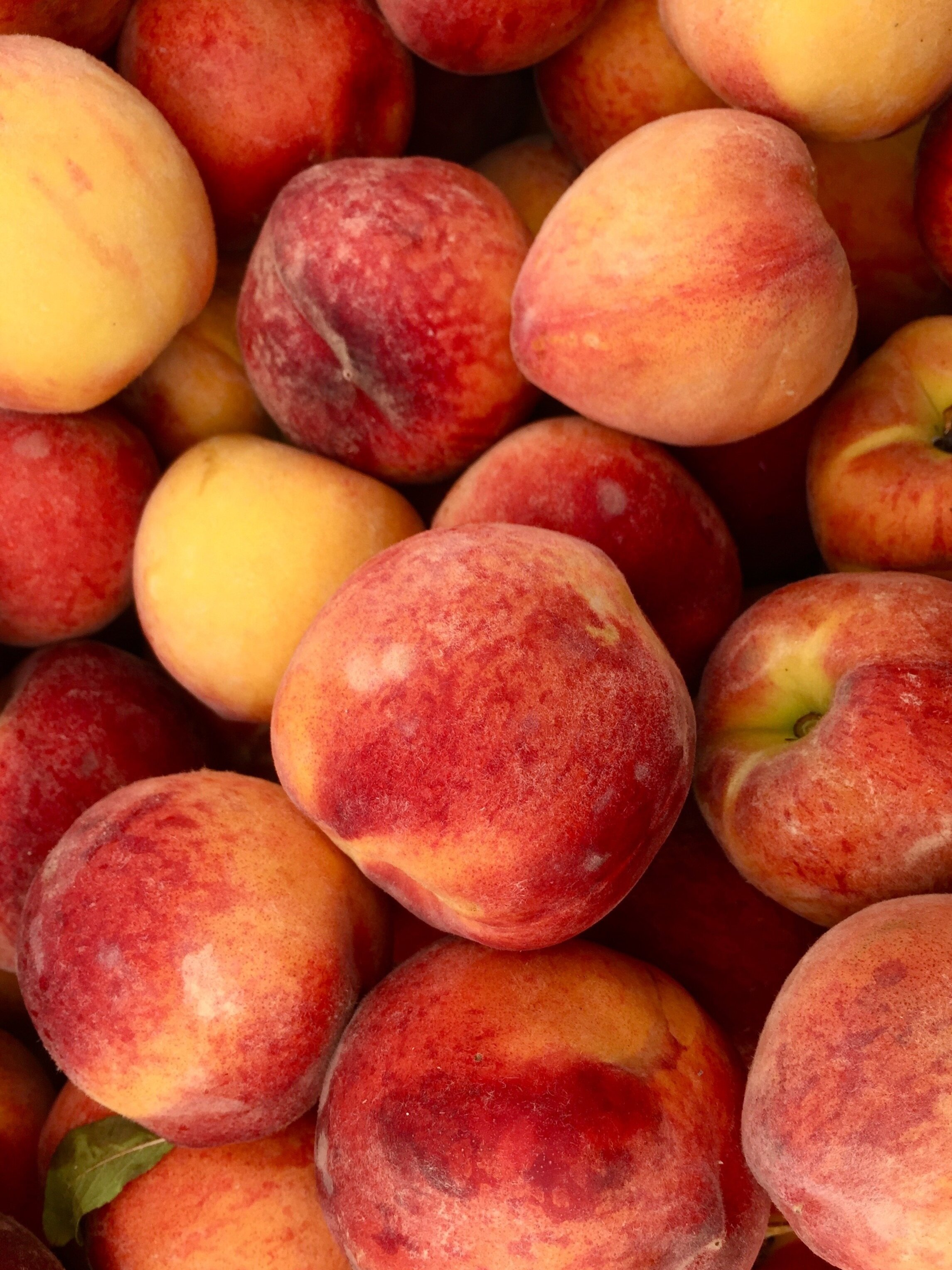
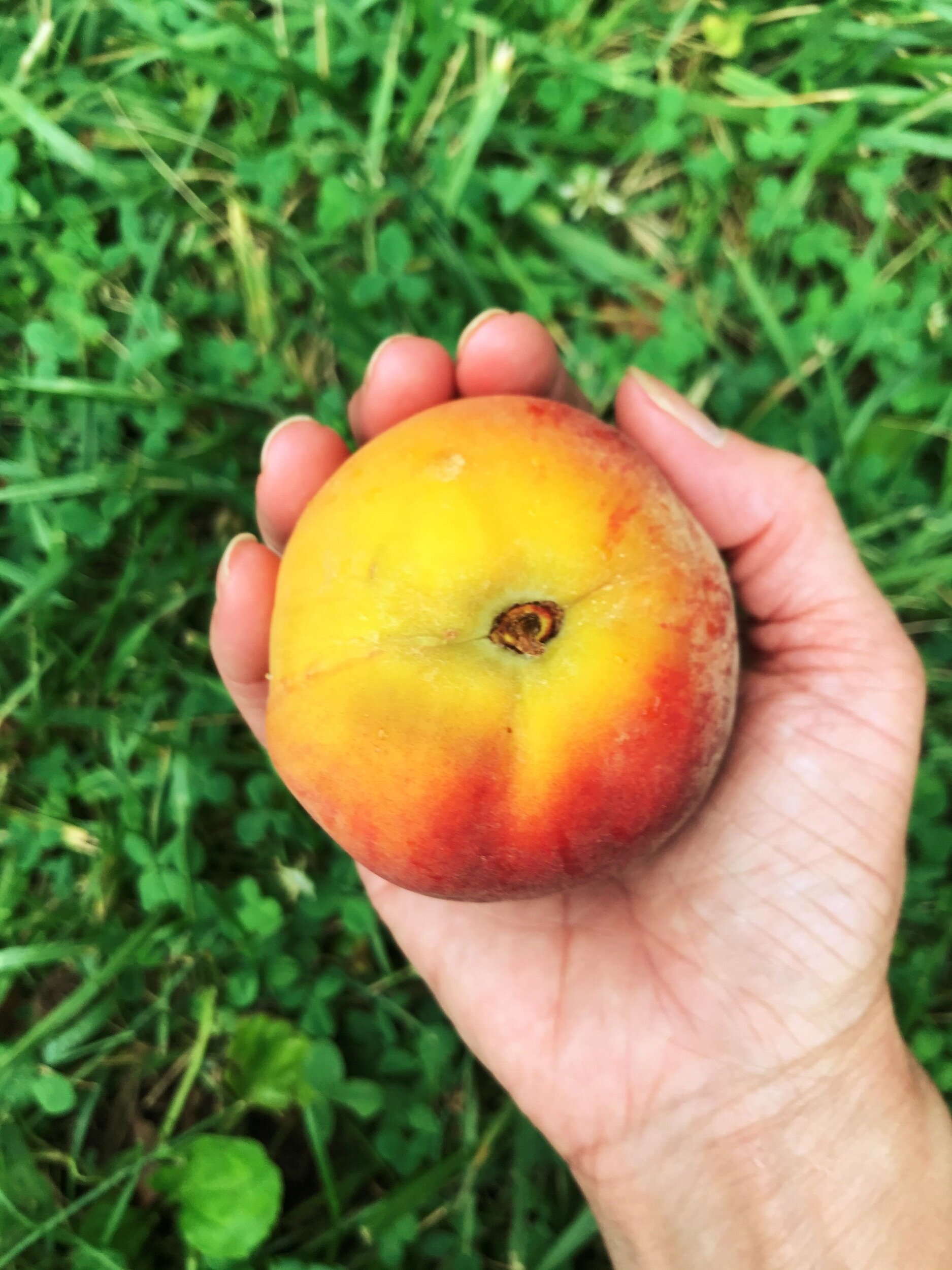
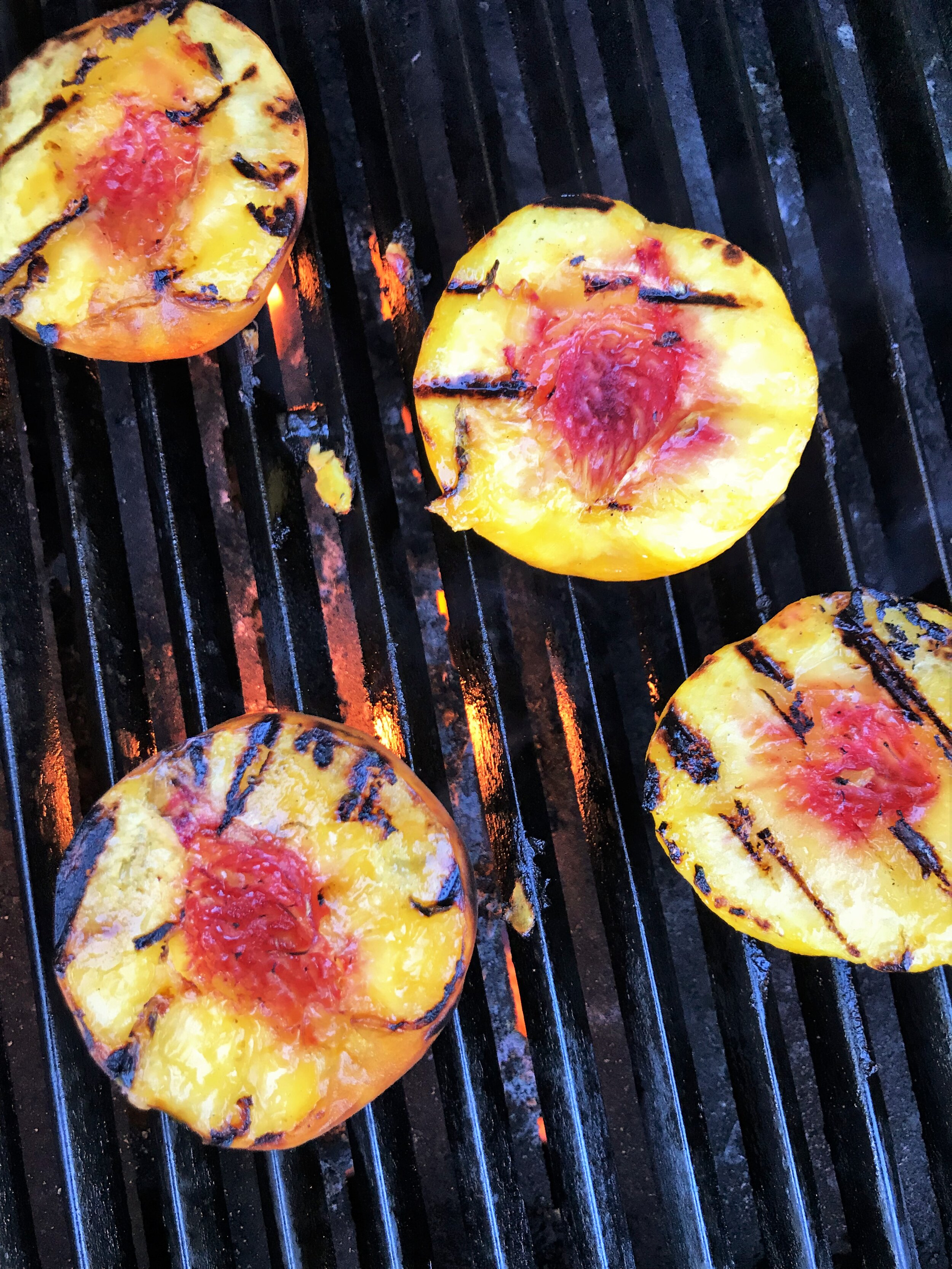


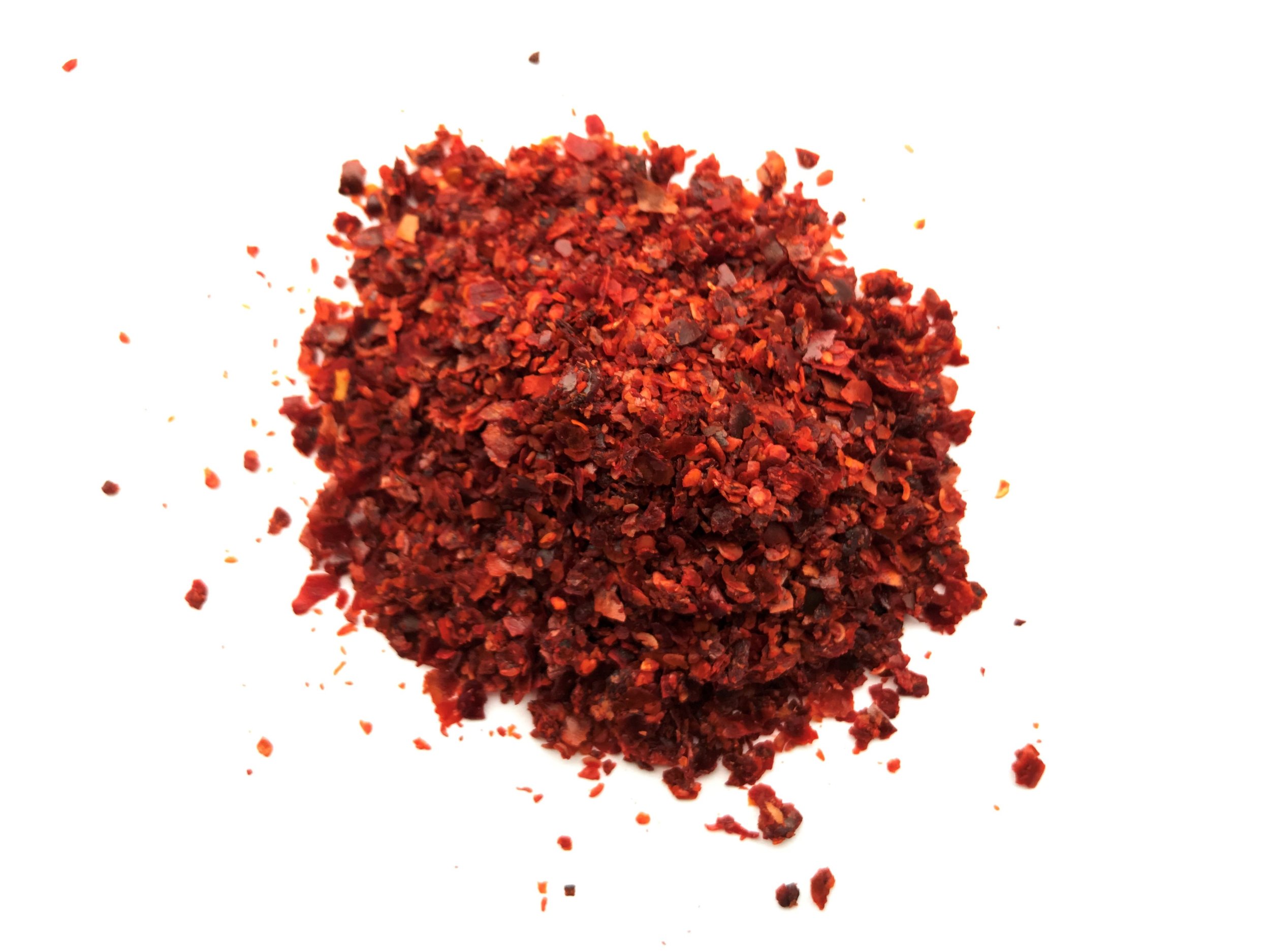





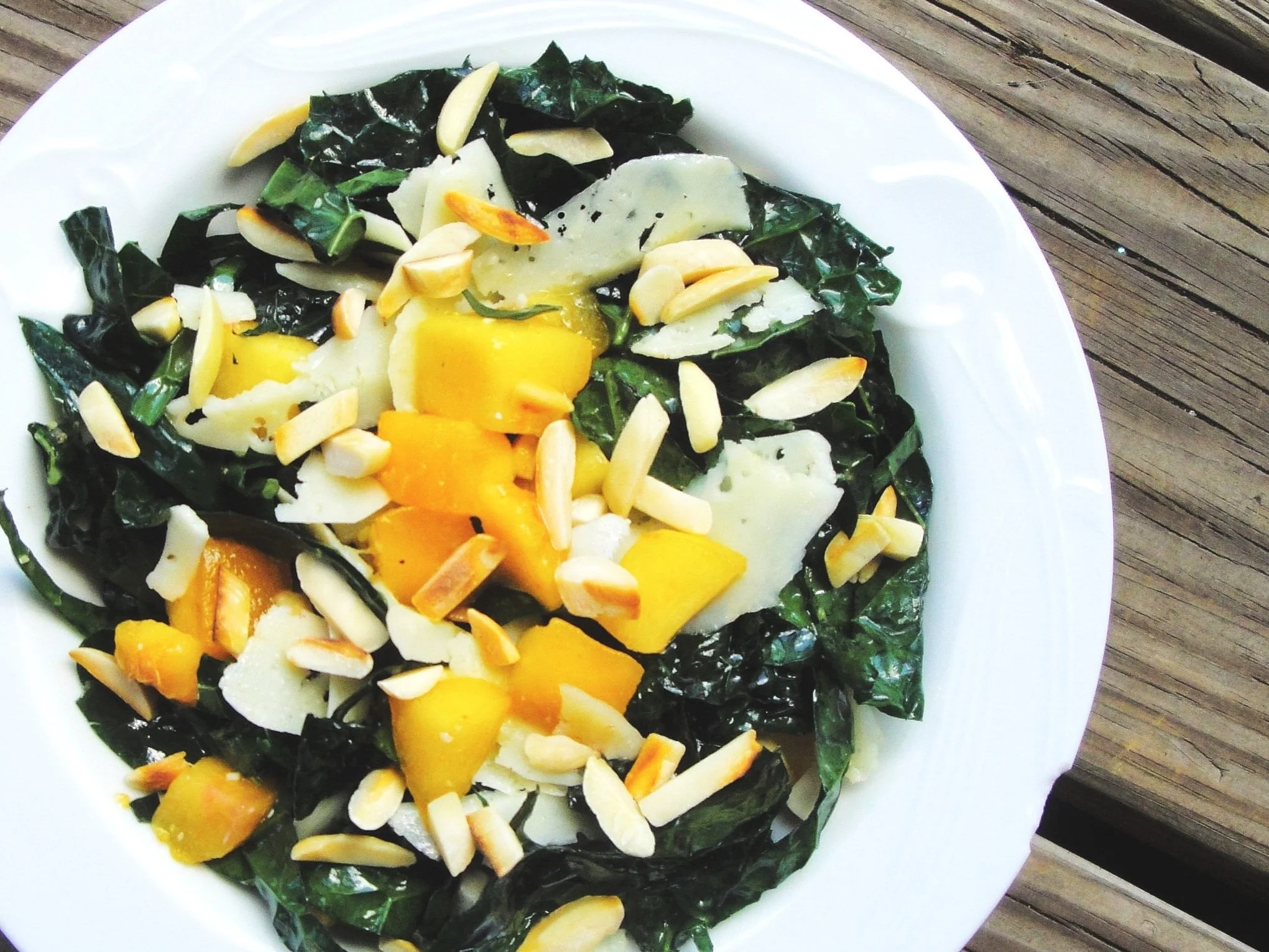


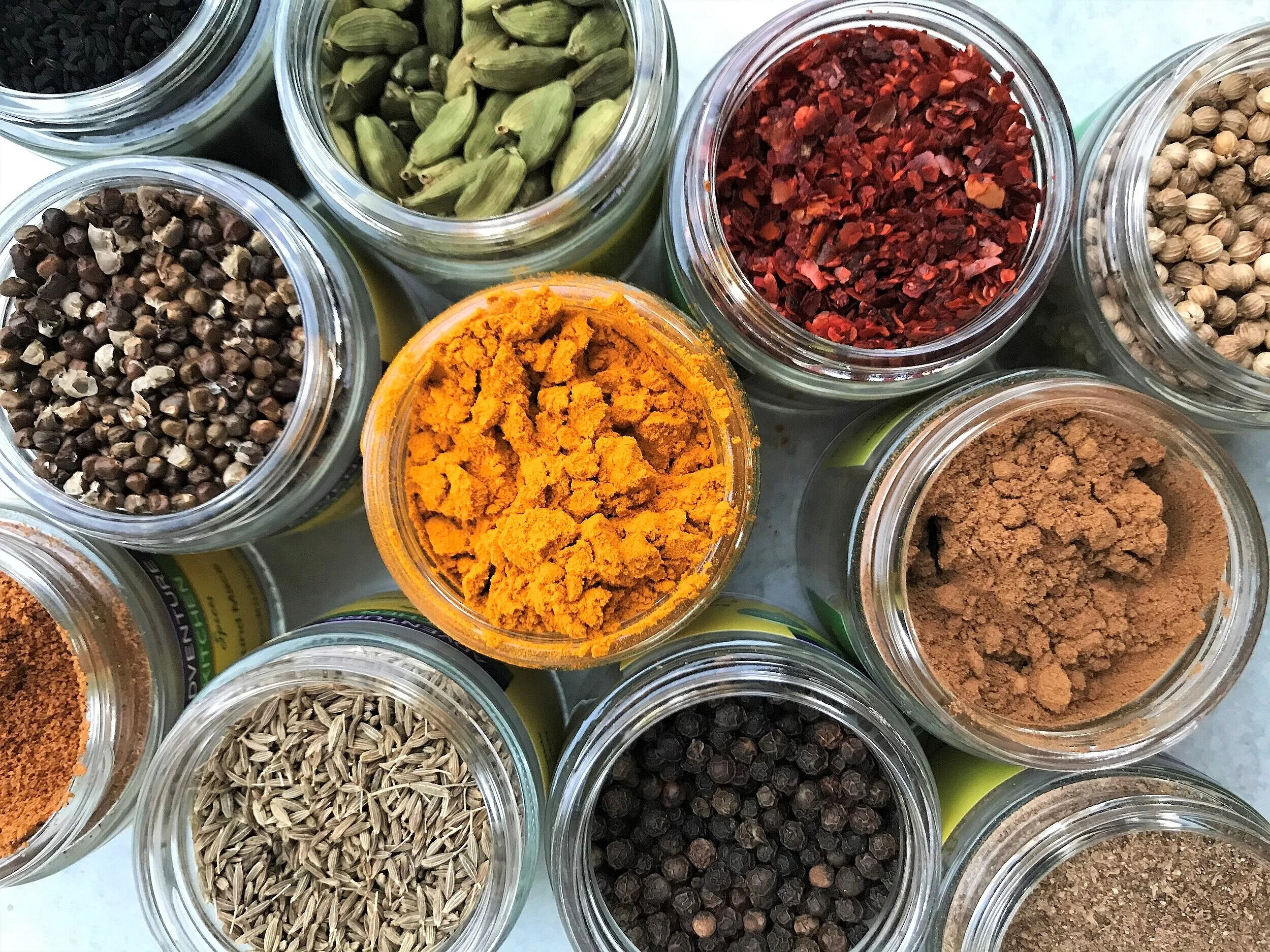

Lemons, peaches and thyme combine to fill every glass with the flavors of summer.